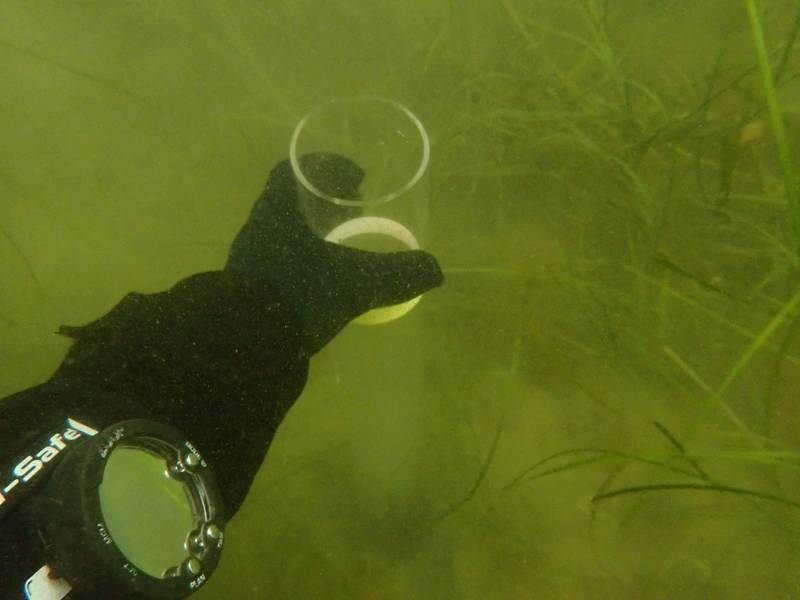Trawling-Induced Debris Resuspension Minimizes Carbon Monoxide 2

When lower trawls are dragged across the seafloor, they stir up sediments. This not only releases formerly stored organic carbon, yet likewise intensifies the oxidation of pyrite, a mineral existing in aquatic debris, bring about additional emissions of carbon dioxide (CARBON MONOXIDE2
These are the findings of a brand-new study conducted by the GEOMAR Helmholtz Centre for Sea Research Kiel. Based upon sediment examples from Kiel Bight in the Baltic Sea, the researchers investigated the geochemical effects of sediment resuspension.
Their verdict: areas with fine-grained sediments, which play an essential duty in carbon monoxide 2 storage space in the Baltic Sea, ought to quickly be positioned under protection.
“Fine-grained, muddy sediments are necessary tanks of natural carbon and pyrite,” says lead writer Habeeb Thanveer Kalapurakkal, a PhD student in the Benthic Biogeochemistry functioning team at GEOMAR. “We currently knew that sediment resuspension can launch significant amounts of carbon monoxide 2 into the water column. However until now, it was believed that this was mainly because of natural carbon oxidation.” The brand-new research study now shows that the major part of the CO 2 release is triggered by pyrite oxidation.
To research the effects of sediment resuspension, the scientists conducted debris slurry incubations. They collected debris examples from different websites in Kiel Bight– varying from coarse sandy to fine grained sloppy debris– and mixed them in research laboratory containers loaded with salt water. The experiments simulated both oxygen-rich and oxygen-poor conditions.
Throughout the incubation duration, the team monitored changes in key chemical specifications, consisting of CO ₂ concentrations, pH, sulfate, nutrients and isotope focus. These dimensions allowed them to determine the underlying procedures and assess their effect on the local carbon cycle. The laboratory information were after that integrated into a biogeochemical model to better recognize the effects of debris resuspension and oxygen schedule.
The outcomes show that debris resuspension leads to substantially better carbon monoxide ₂ discharges than previously thought– primarily due to the oxidation of pyrite. When this iron-containing mineral, typically discovered in oxygen-poor, muddy seafloor sediments, is disrupted it reacts with oxygen in the water. This reaction produces acid that converts climate-neutral bicarbonate into the greenhouse gas CO 2
A big fraction of the CO 2 created by pyrite oxidation is consequently released into the atmosphere. Modeling results suggest that these processes might substantially reduce the area’s CO 2 uptake capability. To put it simply, resuspension can transform the seafloor briefly from a carbon sink into a carbon source.






